7 mood-boosting ideas for gardeners in winter – to help protect your mental health in January
The flower beds may not be blooming, but there are still so many ways to connect with your garden and nature during the winter months

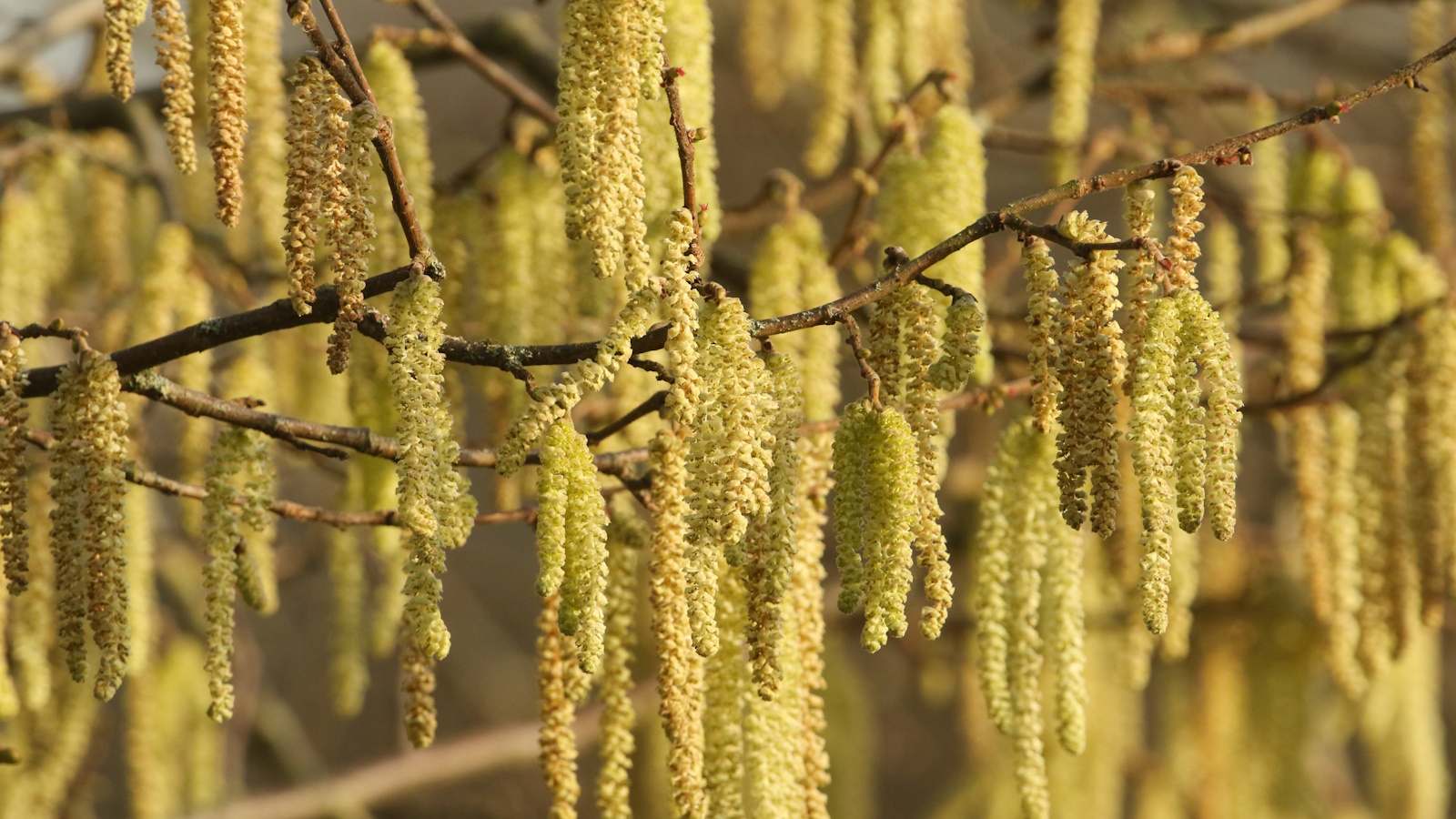
As a gardener and a grower, midwinter can be a tough time. The shorter days and colder nights are hard enough on all of us (unless perhaps you live in sub-tropical climes on the West Coast). But as someone who turned to gardening and nature in my twenties as a way of improving my mental health and wellbeing, I find late December through to early February particularly precarious.
Nothing appears to be growing, it’s harder to get outside, and color is lacking. Most of all, that wonderful lift you get - that sense of hope or achievement when you see new shoots or a flower thriving in your yard - well, those moments are few and far between.
Numerous studies the world over have proven the positive impact gardening can have on our mental wellbeing. According to researches from the Horticulture Therapy Program at Rutgers University, School of Environmental and Biological Sciences in New Jersey: 'An increasingly large body of research attests to the unique values of horticulture as a therapeutic modality for people with physical, mental, emotional, and social disabilities, as plants are non-discriminating and non-threatening, and anyone can be successful utilizing this medium.'
In the UK, gardening is even offered as a form of therapy by the National Health Service to people suffering with anxiety and depression. And during the COVID-19 pandemic, horticultural therapy became a lifeline for so many Americans.
So how do we, as gardeners, safeguard our mental wellbeing at a time when our relied on form of therapy has diminished? I’ve compiled a list of seven mindful ways that help me feel more connected to nature and my garden when it all feels a bit bleak out there. Hopefully they will help you too.
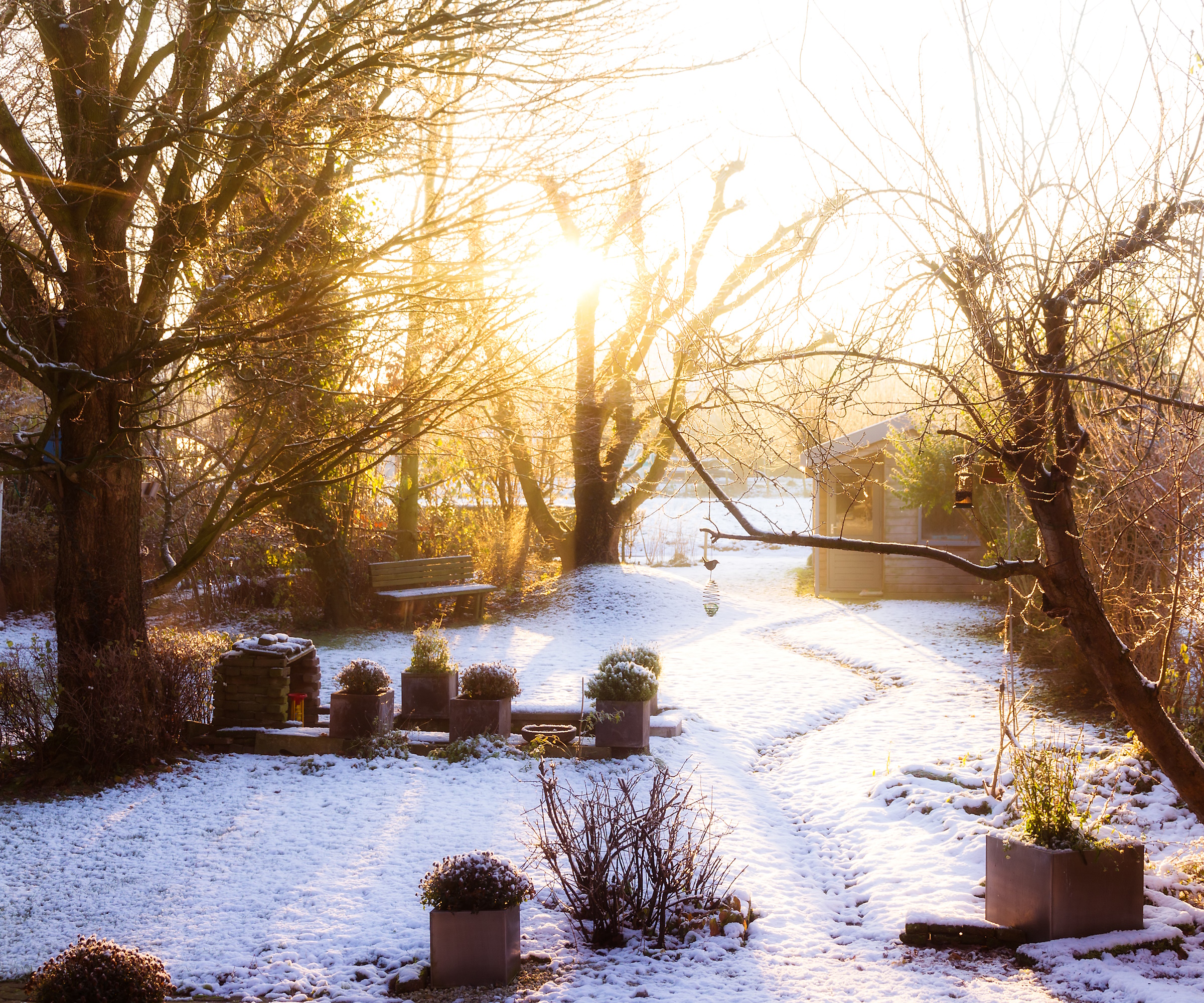
7 Ideas to help banish the blues for gardeners in winter
There are still so many things to notice, watch and do in the garden, and out in nature, over winter.
It might require a bit more effort, or venturing out of your own yard, but even doing just one of these suggestions could have a positive impact on your mental wellbeing.
Design expertise in your inbox – from inspiring decorating ideas and beautiful celebrity homes to practical gardening advice and shopping round-ups.
1. Notice the blossom
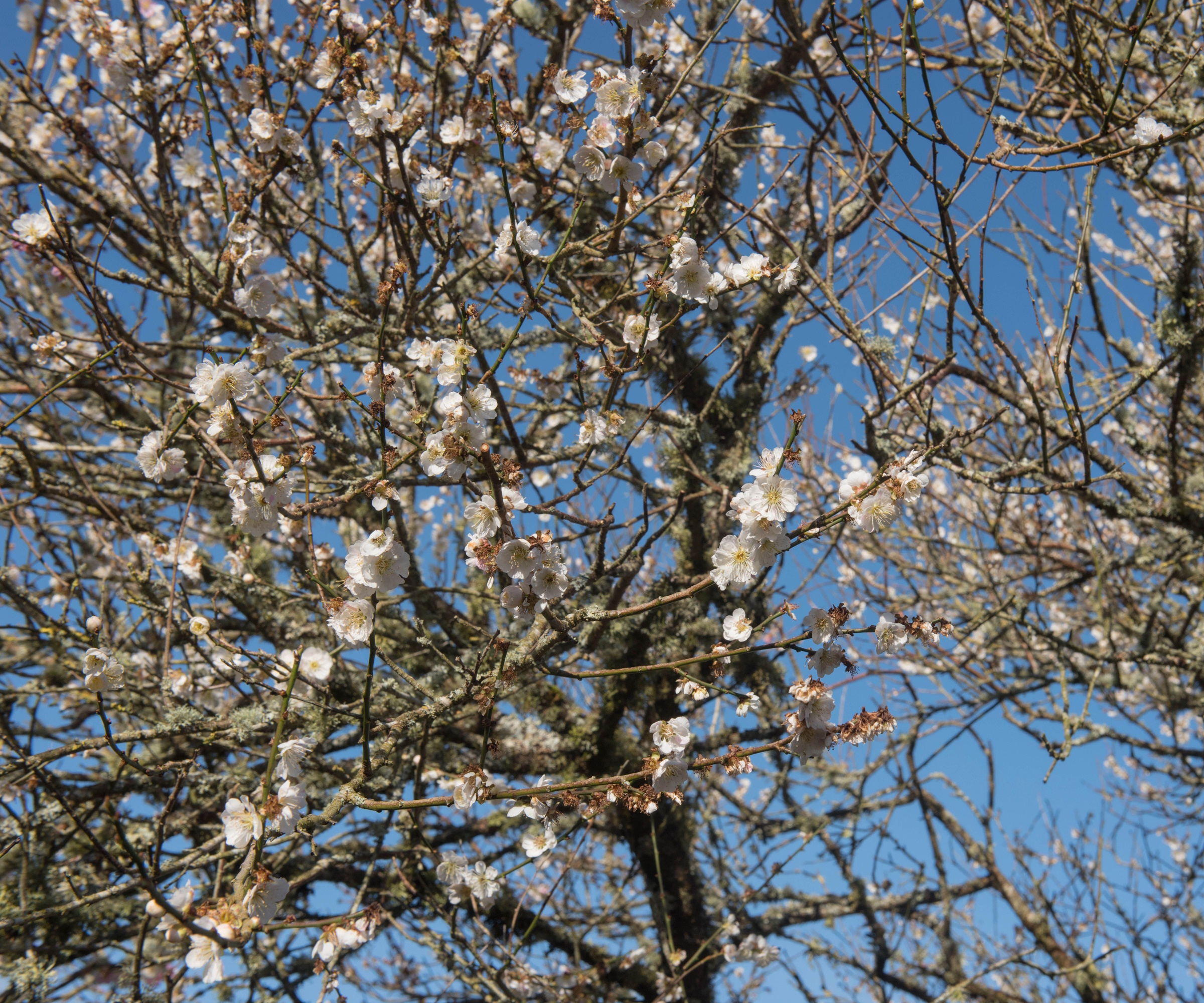
We are all aware of the benefits fresh air and taking time outdoors every day can give us. Something I do most days in winter when I’m out walking my kids to school or running errands (life is busy - if you have the luxury of time and can simply walk for the pure enjoyment of it, I strongly encourage you to do so), is to notice the trees and winter blossom. Right about now these new, miniature blooms are starting to unfurl delicately on bare branches of winter cherries, and on shrubs such as viburnum tinus.
You don’t have to stop, but try to notice it and be mindful of the intricate white and pale pink petals, and the buds on the end of each tree branch, holding all that new leaf life right there in readiness for spring.
Another blossom I always look forward to seeing in winter is that of the acacia mimosa tree. As we move towards the end of January, I challenge you to walk past an acacia without feeling an instant mood boost. These are unmistakably bushy trees or shrubs, with large feathery leaves that produce fuzzy, bright yellow pom poms towards the end of winter. The uplifting scent from the flowers is one of my favourite things, and for me is synonymous with the imminent arrival of spring.
2. Seek out color
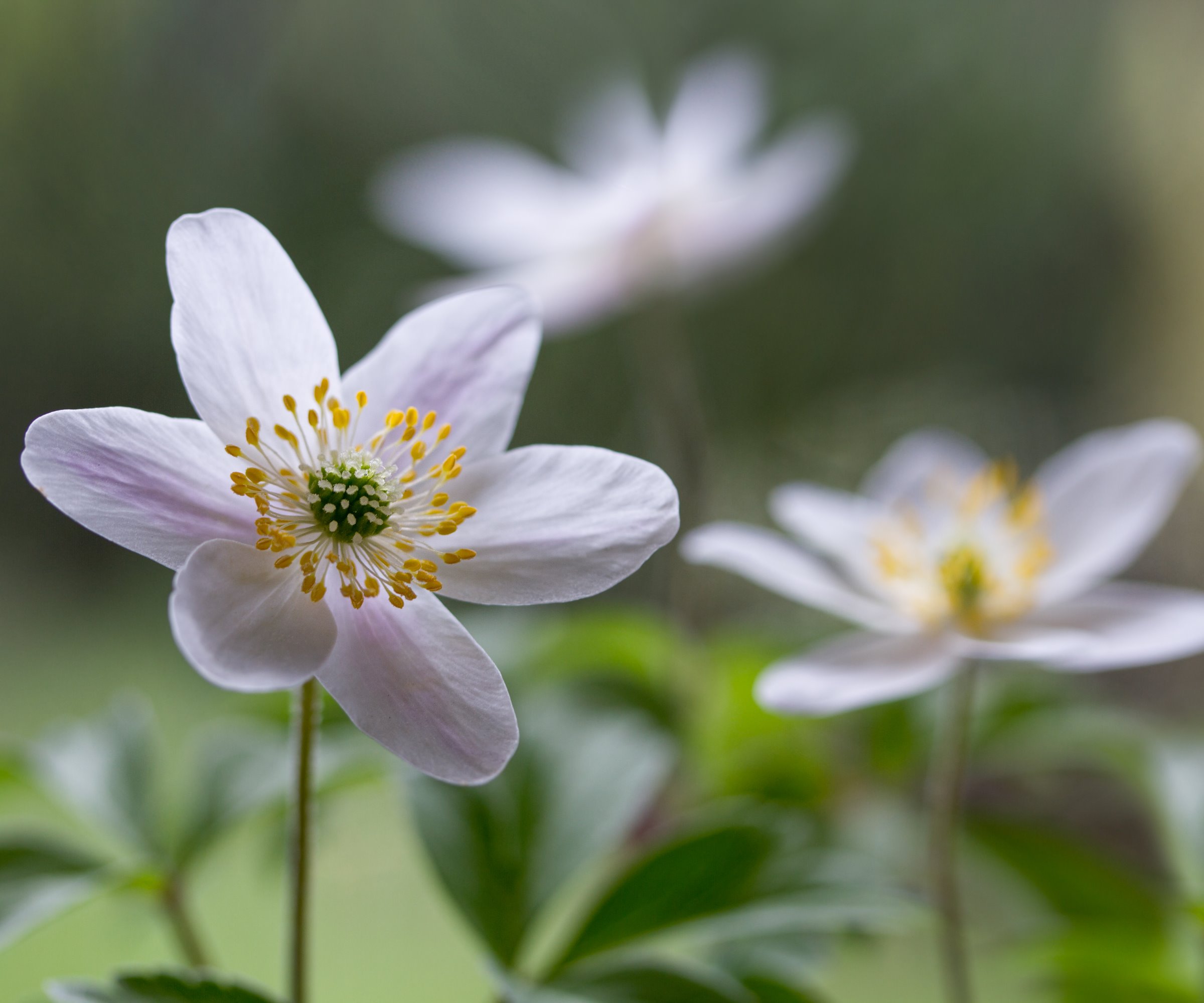
I promise you, there is color and interest in the winter garden if you know where to look for it. By mid-January (or earlier in many states) Mahonia, a glossy evergreen shrub with spiky leaves, begins to produce its trademark yellow blooms.
Mahonia is a statement-making shrub, and one which would make a superb addition to any yard if you’re looking to add winter-flowering shrubs to your border ideas for 2024.
In my experience, however, you often have to look a bit harder for minute shards of color and shape in the winter. Look, for example, low down under trees and bushes, and you may see bursts of yellow radiating back at you from flowers resembling buttercups. These are winter aconites, part of the buttercup family, and are one of the first flowers to appear at the beginning of the year.
If you’re lucky, you may also see small, white or violet flowers with longer petals - these are woodland anemones. Both of these winter-flowering perennials close up at night, and unfurl again when exposed to the daylight.
3. Look for changing shapes and structures
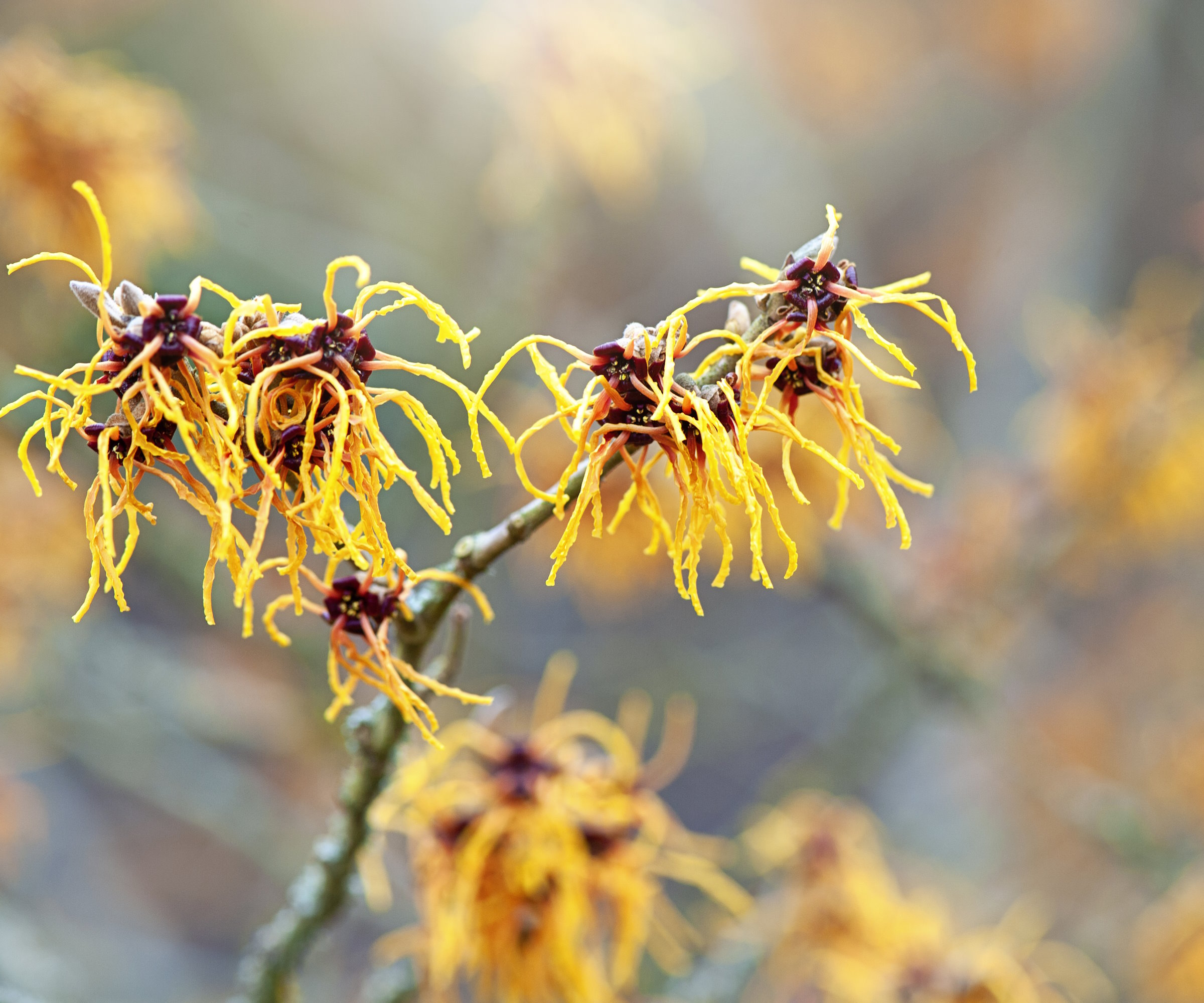
Trees in winter can often provide us with a surprising amount of interest. Take the American witch hazel, for instance. A superb frost-hardy plant, its spidery, ochre-yellow flowers appear in mid-winter, and provide bright structural shapes amid its dark, bare branches.
Also, look for catkins. With their narrow forms, discovering these tail-like flowers cascading and dancing from the branches of alder, hazel, silver birch or white willow trees is akin to seeing a natural art installation.
Lower to the ground, consider adding some containers of winter heather to your patio or yard, as this hardy shrub produces its flowers in the winter. Its pops of pink, purple, burnt orange or pure white bell-like flowers are an uplifting sight, and provide food for foraging insects on sunny winter days.
4. Sow some seeds
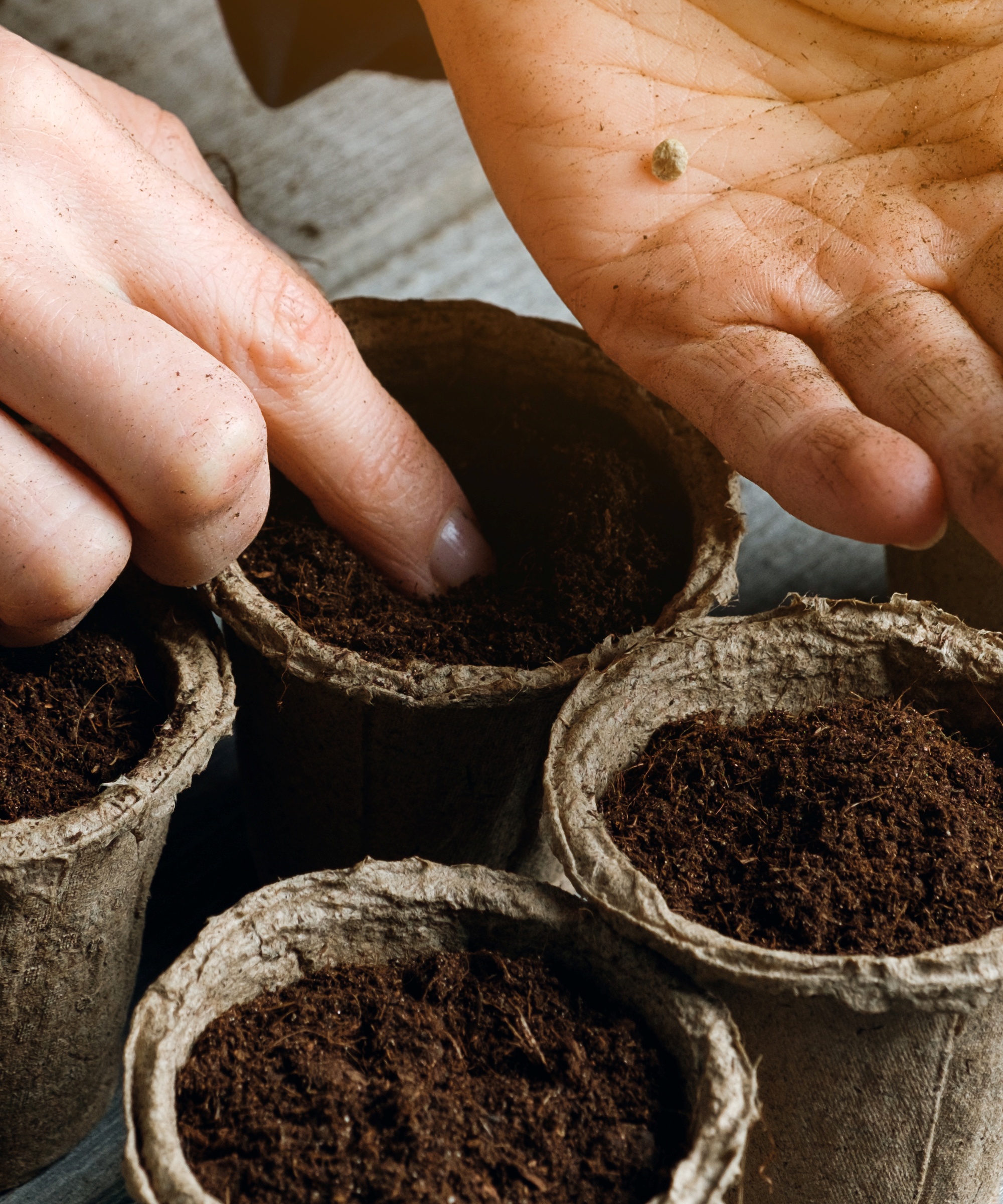
It might not be the obvious time to begin sowing seeds, but it is entirely possible to sow certain flowers, herbs and vegetable crops in December and January.
Granted, you will need to do this inside your house or a greenhouse - and preferably one that’s heated. However, a heat mat or a heated propagator kit, such as this one from Amazon, can help in providing the warmth your seeds will need to germinate.
You can sow mint, eggplant, onions, and flowers such as sweet peas and antirrhinums. You can follow our step-by-step instructions on how to sow seeds in December, and then enjoy watching with anticipation those tiny shoots appear in January.
5. Do what you can to support wildlife
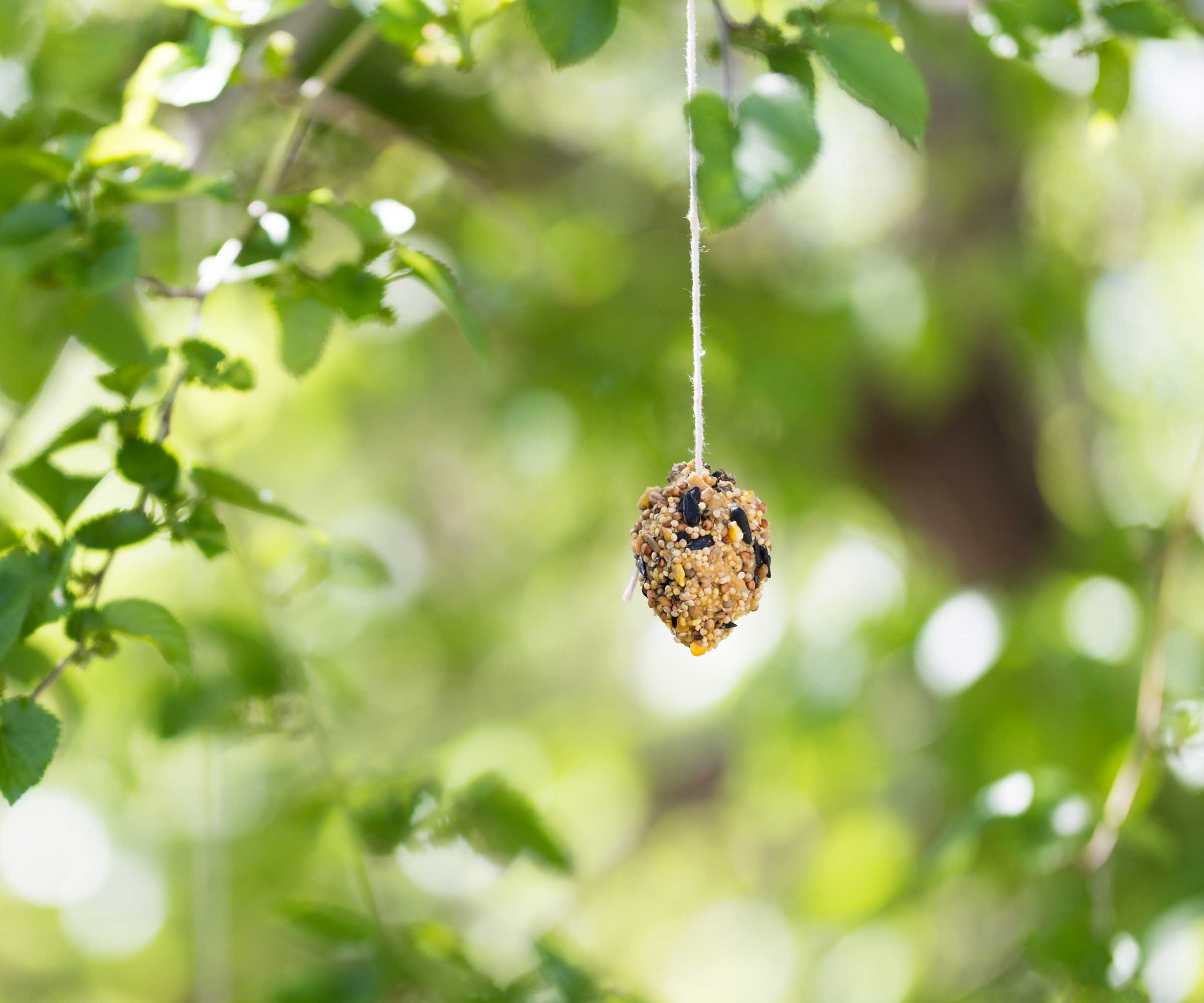
If you look into your yard at this time of year, there is a high possibility you will see birds energetically balancing on branches, devouring berries, and squirrels or chipmunks frantically digging to store nuts for the winter.
I find just a few minutes observing the living creatures in my backyard to be therapeutic on a winter’s day. However, you could take this one step further and seek out ways to help support them by providing nutrients and fresh water during the harsh winter weather.
Consider adding a bird bath to your yard, or making your own DIY version, and be sure to know how to stop it from freezing so that birds have a constant source of water to drink and bathe in.
Making natural bird feeders to hang in your yard is another lovely winter activity, especially if you have little ones in the house. You can also leave out nuts, if you want to give your squirrels a little treat, or create a natural log pile to attract insects and allow the birds a space to forage naturally for their food.
6. Plant bulbs in containers
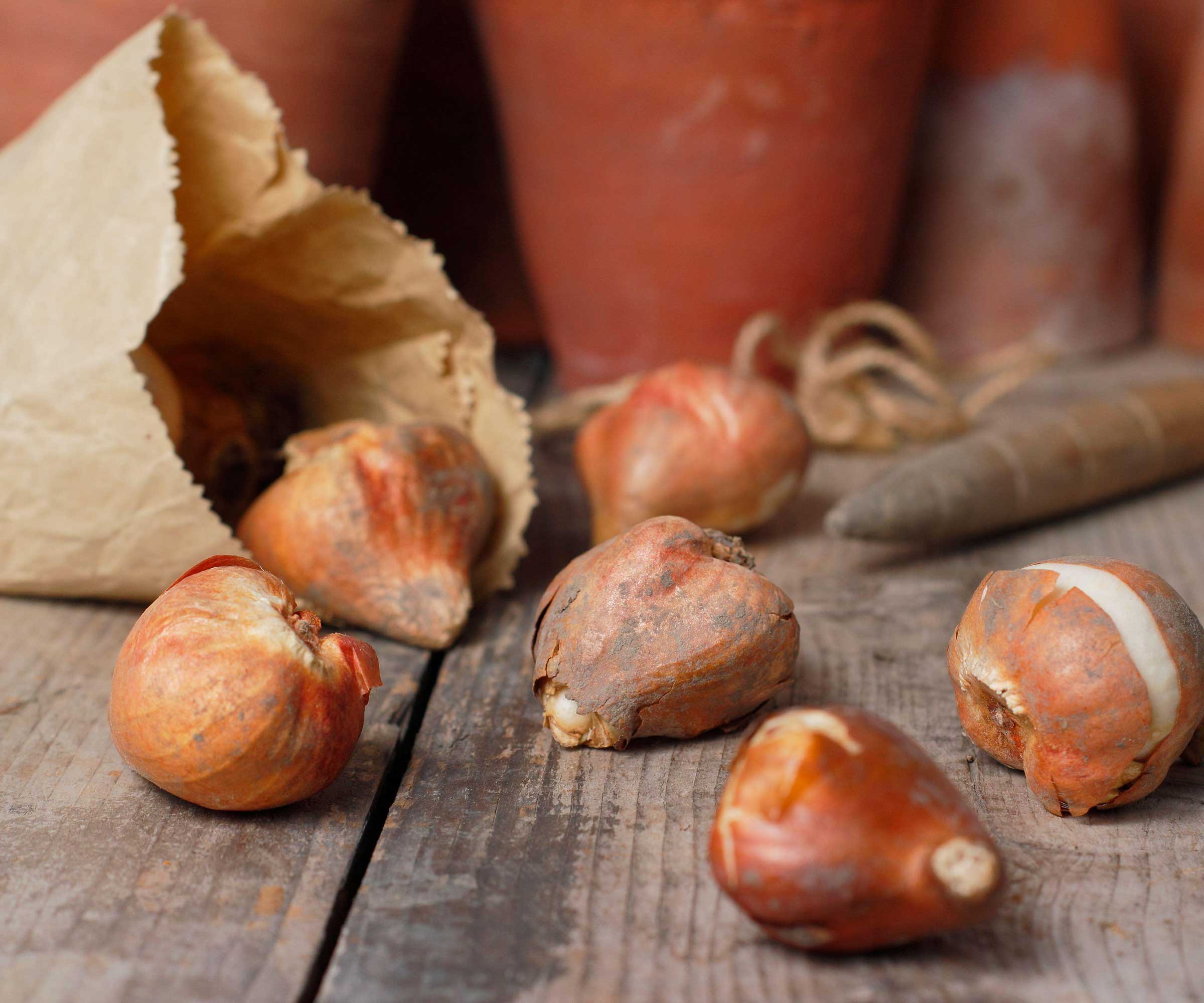
It’s not too late to plant tulip bulbs in December, so why not gather a few attractive containers, fill them with good quality potting compost and spend half an hour or so creating some planters guaranteed to provide you with springtime color. Put the gardening gloves to one side and notice how the soil feels on your hands, and the colors and textures of the bulbs.
If you place your containers on your front porch or by a doorway, you’ll be able to notice the first signs of shoots appearing through the soil, bringing with them the promise of spring.
7. Visit a winter garden
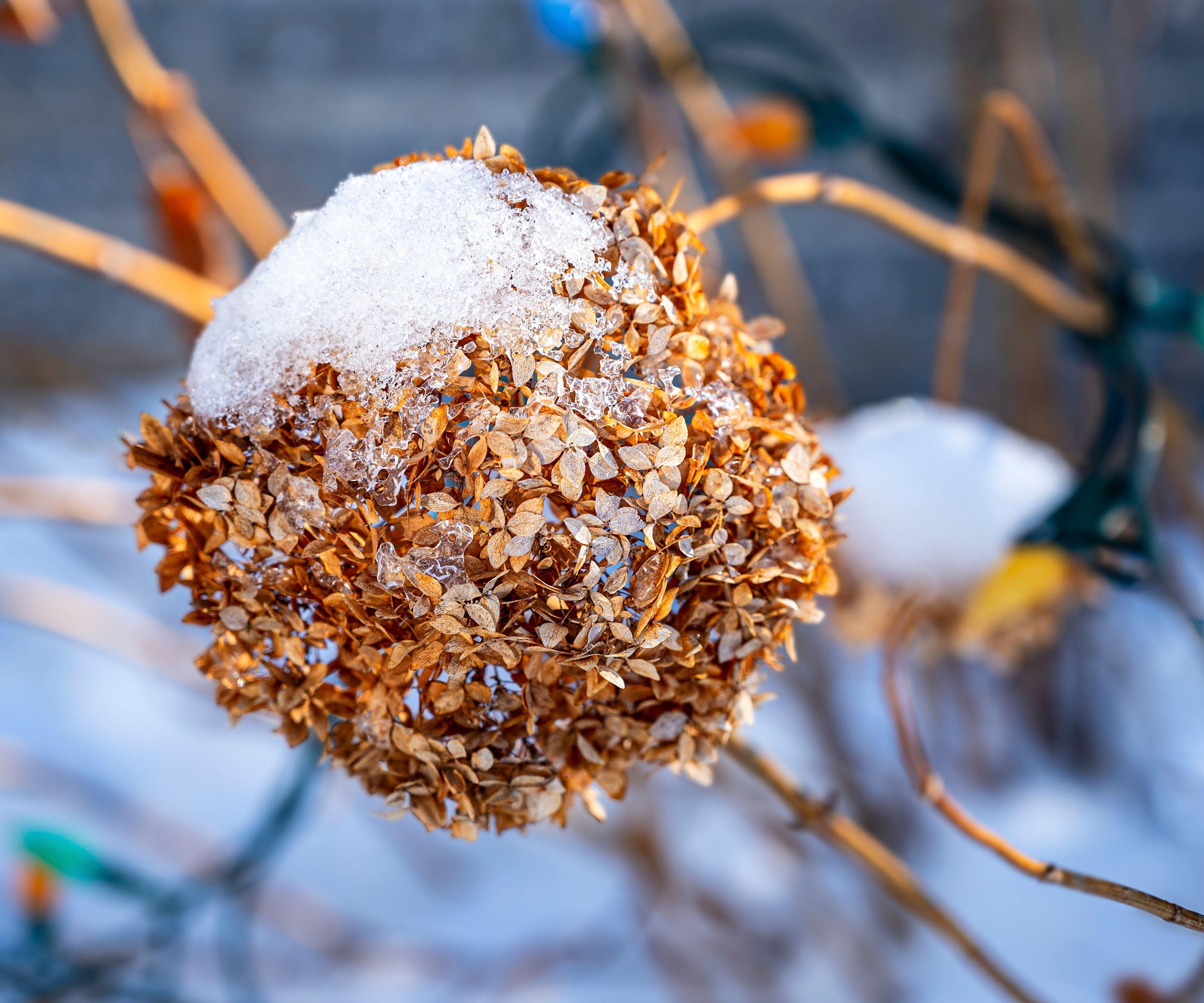
Sometimes, getting out of your own environment and seeking inspiration from another garden or green space is the perfect way to boost those serotonin levels in winter.
This could be as simple as taking a walk down to your local park, right through to visiting a large botanical garden. The Alfred B Maclay Gardens State Park in Tallahassee, Florida, was recently ranked the most stunning garden to visit in the US, according to Tripadvisor analysis carried out by Pergola Kits USA. Garvan Woodland Gardens in Hot Springs, Arkansas, and Hershey Gardens in Hershey, Pennsylvania also made the top 10 list.
Whether you choose to venture out to one of these well-known gardens, or keep it closer to home, I would simply advise taking time to slowly and calmly notice the details. Look at the trees, consider the branches on those trees, then notice the buds on the end of each branch, and see how they move in the wind.
FAQs
Which are the best houseplants for boosting mood?
Creating an indoor garden is a wonderful way to improve mood all year round. It's tough to single out just a few mood-boosting plants, as all houseplants help to bolster our connection with nature indoors, but if you're looking for some specific varieties, snake plants, peace lilies and aloe vera are all known for their mood-boosting qualities.
By staying in the moment - even fleetingly - we can truly connect with nature and our backyards, offering our minds a small reset to help see us through until spring.
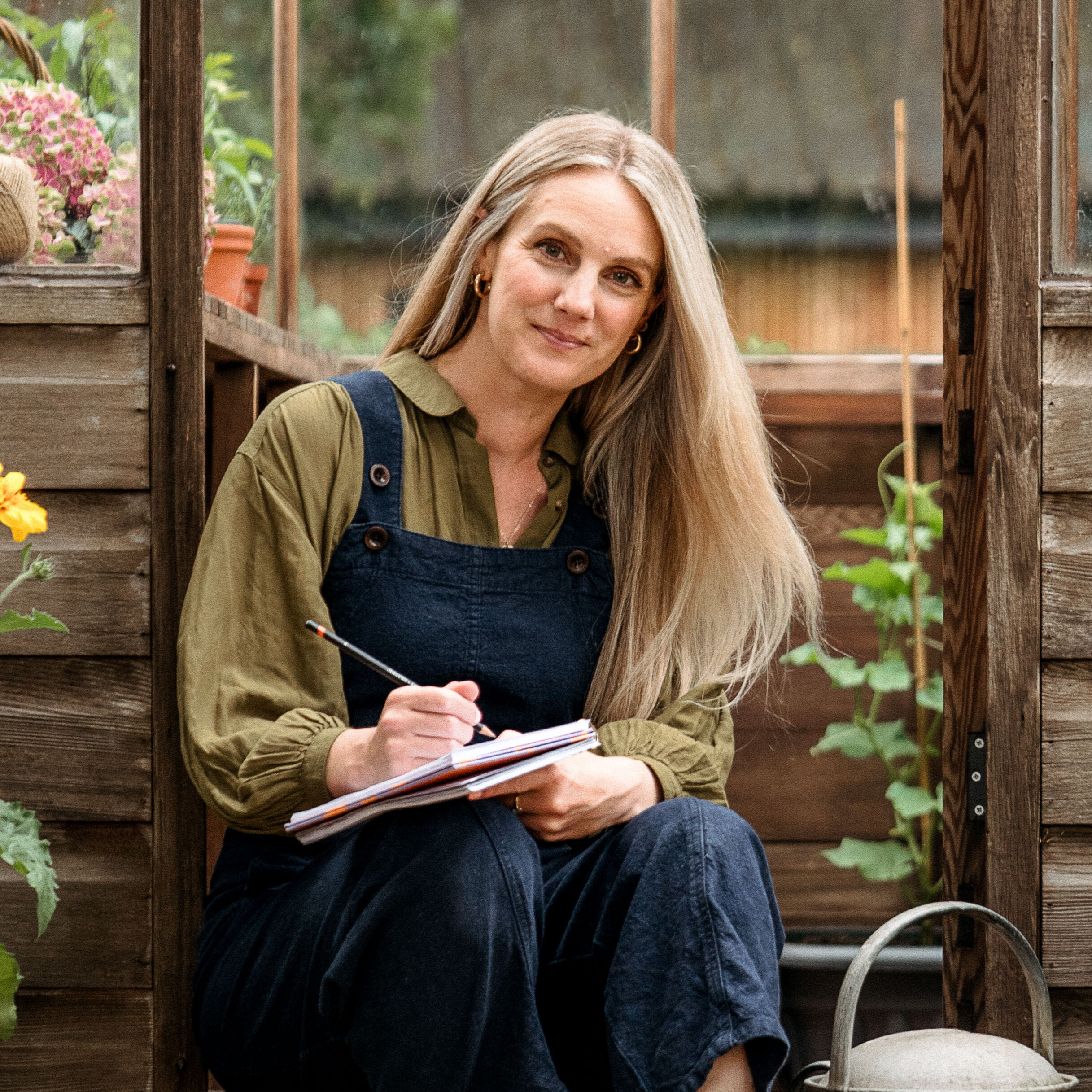
Rachel is a gardening editor, floral designer, flower grower and gardener. Her journalism career began on Country Living magazine, sparking a love of container gardening and wild planting. After several years as editor of floral art magazine The Flower Arranger, Rachel became a floral designer and stylist, before joining Homes & Gardens in 2023. She writes and presents the brand's weekly gardening and floristry social series Petals & Roots. An expert in cut flowers, she is particularly interested in sustainable gardening methods and growing flowers and herbs for wellbeing. Last summer, she was invited to Singapore to learn about the nation state's ambitious plan to create a city in nature, discovering a world of tropical planting and visionary urban horticulture.